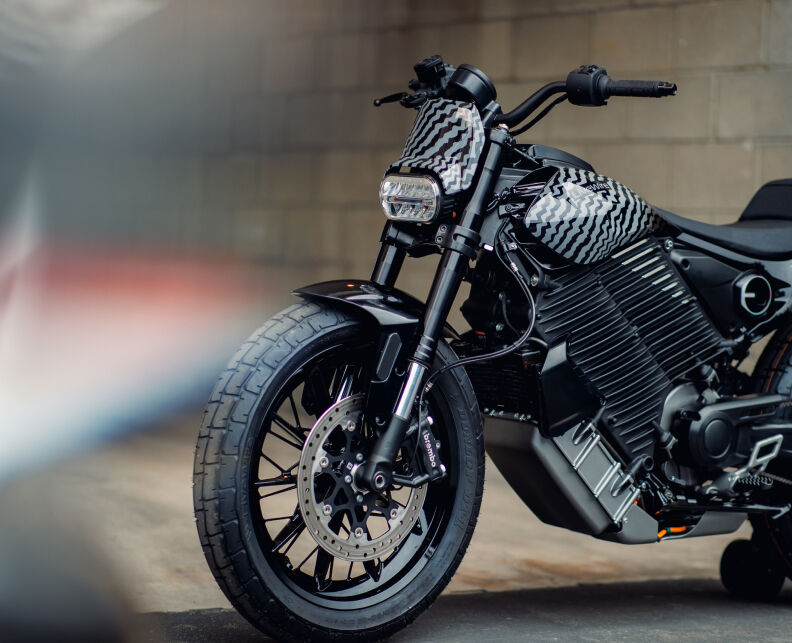
Milwaukee-based motorcycle company Harley-Davidson is feeling the sting of supply-chain issues that have plagued major manufacturers for years. Now the company has been forced to pause production across all of its various motorcycles, with the exception of its LiveWire electric motorcycles.
And it’s not just production that is pausing. Shipments are also halted.
As the company explained, it took the decision to “suspend all vehicle assembly and shipments” except for its electric motorcycles.
Going into further detail, H-D says that “this decision, taken out of an abundance of caution, is based on information provided by a third-party supplier to Harley-Davidson late on Tuesday (5/17) concerning a regulatory compliance matter relating to the supplier’s component part.”
While the part is likely common across most or all of the company’s gas-powered motorcycles, its LiveWire sub-brand is all-electric and shares minimal components with the company’s gas bikes.
Instead, Harley-Davidson developed much of the important tech for its LiveWire motorcycles in house, including developing its own batteries and motors. In fact, much of the tech that H-D engineers have developed has gone on to contribute to other models in the brand’s family tree, such as the batteries used in H-D’s electric bicycle brand Serial 1.

The original Harley-Davidson LiveWire morphed into the LiveWire One when H-D spun off LiveWire as a sub-brand last year.
Harley-Davidson is now still coming down off the high of its major electric motorcycle unveiling last week.
LiveWire dropped the long-anticipated Del Mar electric motorcycle, which lowered LiveWire’s pricing from a lofty $22k for the LiveWire One to a somewhat more manageable $15k.
The Del Mar isn’t as fast or powerful as the LiveWire One, nor does it have as much range. But it should help the brand open the door to a wider range of riders, especially in the key younger demographics of new riders that aren’t won over as easily by Harley’s legacy lifestyle branding.

The LiveWire Del Mar is also built on a new platform known as the ARROW architecture. This platform was specifically designed by LiveWire to offer multiple motorcycles using the same frame. Though in this case, ARROW doesn’t as much have a frame as it does a structural battery.
The design is based upon a structural battery case that virtually replaces a traditional motorcycle frame. Other key components such as the inverter, controller hardware, and onboard charger have been integrated into a single unit and mounted to the outside of the structural battery. That charger supports Level 1 and Level 2 charging but not DC fast charging like the flagship LiveWire One.
The battery uses 21700-format battery cells inside of the structural pack to reduce overall system mass and replaces the need for a redundant frame.
The Del Mar’s electric motor uses a direct drive setup instead of the sophisticated yet complicated Revelation motor developed for the LiveWire One.
While Harley-Davidson has briefly paused electric motorcycle production before, this longer two-week pause for all of its gas-powered models is unprecedented in its electric division. Electric motorcycles largely remain more expensive than their gas-powered brethren, but a key advantage in this case is that electric motorcycles are much simpler to produce and maintain due to significantly fewer moving parts and reduced maintenance concerns.
Subscribe to Electrek on YouTube for exclusive videos and subscribe to the podcast.
Author: Micah Toll
Source: Electrek



